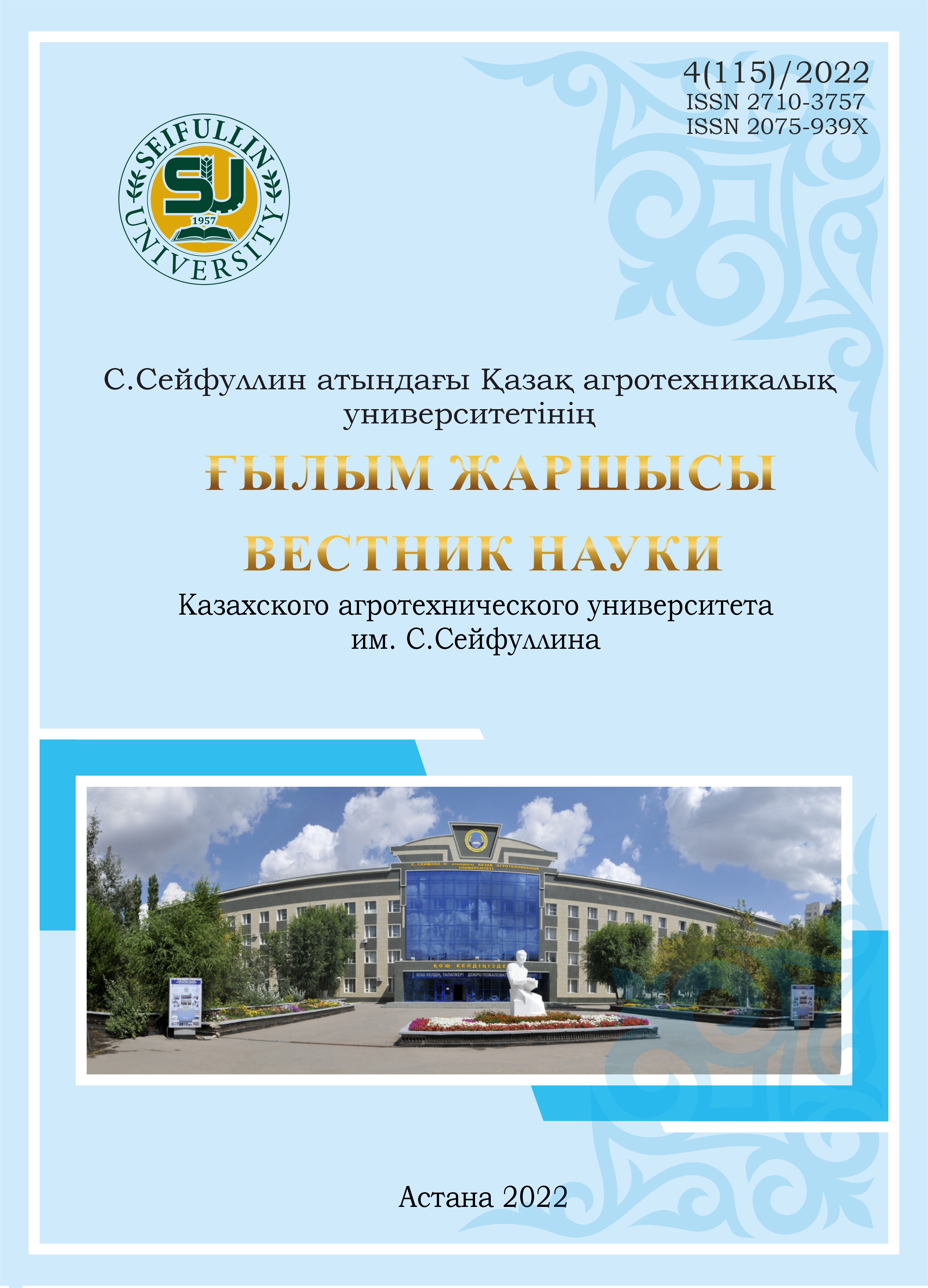THE STUDY OF THE CHARACTERISTICS OF THE FORMATION INDICATORS OF PRODUCTIVITY AND YIELD OF INTROGRESSIVE GENOTYPES OF COTTON WHEN GROWN IN CENTRAL TAJIKISTAN
cotton; selection; hybrids; parental genotypes; elements of productivity; number of boxes; mass of raw cotton of one box; yield.
DOI:
https://doi.org/10.51452/kazatu.2022.4(115).1277Keywords:
cotton; selection; hybrids; parental genotypes; elements of productivity; number of boxes; mass of raw cotton of one box; yield.Abstract
The creation in the shortest possible time of high-yielding cotton varieties that meet the tasks of the textile industry, that is, having high-quality - IV and V types of fiber and their introduction into production, is the most important task of breeders. In recent years, breeders of the Institute of farming of the TAАS have made a significant contribution to the development of cotton growing in the Republic of Tajikistan by introducing into production new promising varieties of intensive type, characterized by significant economically useful features and high fiber quality. Nevertheless, despite this, sown cotton varieties do not fully meet the modern requirements of both agricultural production and the textile industry. 8 From the collection of introgressive genotypes (hybrids), according to the results of the study of the best samples, 2 were found with significant indicators of economically useful signs - the formation of full-fledged boxes and their mass on plants, as well as a good quality cotton-raw crop. The yield of raw cotton for the two best hybrid combinations studied is in the range of 96,0-126,7 g/plant, or 85,4-105,6 c/ha when calculating the plant standing density of 83 thousand/ha. Their deviation relative to maternal and paternal varieties was 45,9-60,5 g/plant from ♀ and 56,2-66,4 g/plant from ♂. The most important task of breeders is to create in the shortest possible time high–yielding, high-quality cotton varieties that meet the tasks of the textile industry, that is, IV and V types of fiber and their introduction into production.

